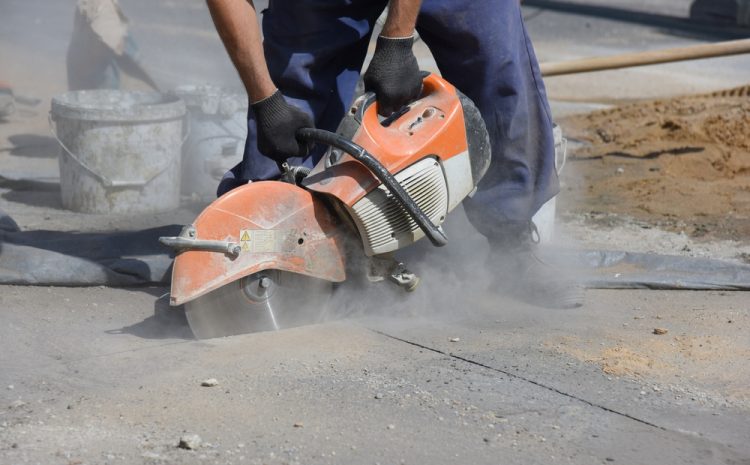
6 Key Aspects Of Successful Concrete Sawing
Concrete sawing is an essential function for various construction projects. However, it can be a dangerous job if the necessary preparation and precautions for success are not taken. For a successful concrete sawing project, six key aspects must be considered: spacing, depth, timing, saw type, cutting technique, and safety equipment. In this article, we will be discussing each of these aspects in detail.
1). Spacing
When concrete cures, water evaporates from its surface. This can lead to the concrete pulling apart and cracking. Luckily, the best way to control this is by creating joints that give the concrete enough space to shrink without cracking. It is important to note that the joints should be positioned at certain intervals. These intervals are commonly determined according to how thick the concrete slabs are. The size of the concrete slab can also be a point of consideration.
2). Depth
Control joints are important measures to prevent cracking concrete; however, the depth of the joint must be considered properly. Shallow joints may not provide enough space for shrinkage while excessively deep joints decrease the amount of aggregate interlock of concrete pavements. As a rule of thumb, control joints should be 1/4 or 1/5 the thickness of the concrete slab.
3). Timing
If you are planning to saw freshly poured concrete, timing is important. Temperature, humidity level, and curing method also play an important role in this task. The timing of concrete sawing is often determined by contractors. For example, concrete can be cut anywhere from four hours to three days after curing. Making test cuts can help determine whether cutting the concrete is safe or not. If the cut does not show much ravelling, then it may be safe to cut the concrete.

4). Saw Type
For a successful concrete sawing process, choose your blade carefully. Factors like blade material, tooth design, and brand contribute to determining which type of cutting equipment will be best suited for your concrete sawing project. A dull blade or one that’s not sharp enough can cause problems with getting a clean cut. Therefore, the durability and performance of your cut will depend on what type of blades are being used.
5). Cutting Technique
For a successful concrete sawing process, use the right cutting technique to create clean cuts without any chipping or slivering. This is important if you want to have smooth cuts and an even concrete surface. An important concrete cutting technique, for example, is maintaining an even and consistent pressure as you cut through concrete. Forcing the saw blade into the ground can lead to hazards such as a broken blade, flying debris, and more.
6). Safety Equipment
The concrete sawing process is a dangerous one. Make sure you wear the appropriate safety gear to avoid sustaining any injuries! This includes goggles, long but tight-fitting clothes, a hardhat, ear protection, gloves, a face mask/ventilator and protective footwear. Safety should never be compromised especially for tough, hazardous jobs such as concrete sawing.
Summary
Concrete sawing is a dangerous and labour-intensive process that requires the use of heavy machinery. However, if you want to be successful in this line of work, make sure to keep these six key aspects in mind: spacing, depth, timing, saw type, cutting technique, and safety equipment. These six steps can help pave the way towards successfully completing any concrete sawing project!
If you are looking for a concrete cutting company in Sydney that is trustworthy and reliable, then don’t go past Sydney Sawing & Drilling. Please call us today on (02) 9158 6101 or leave an enquiry.

